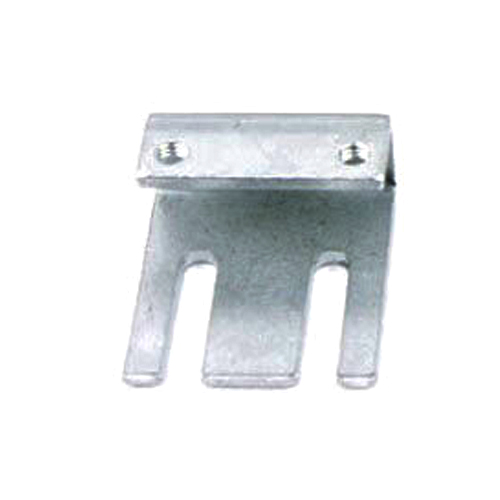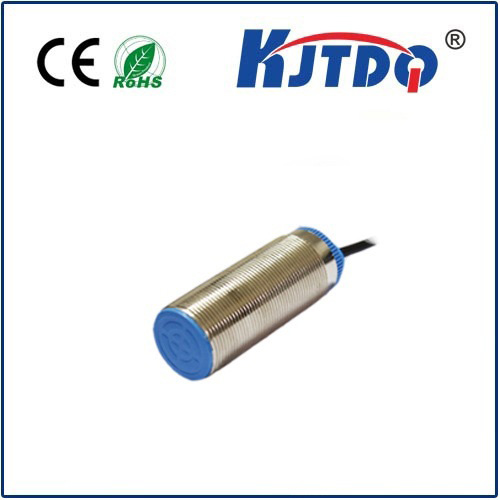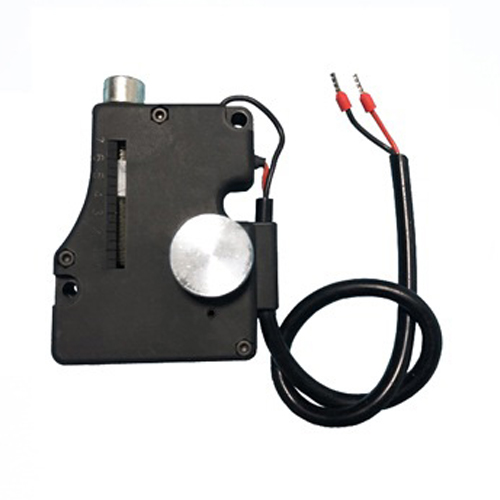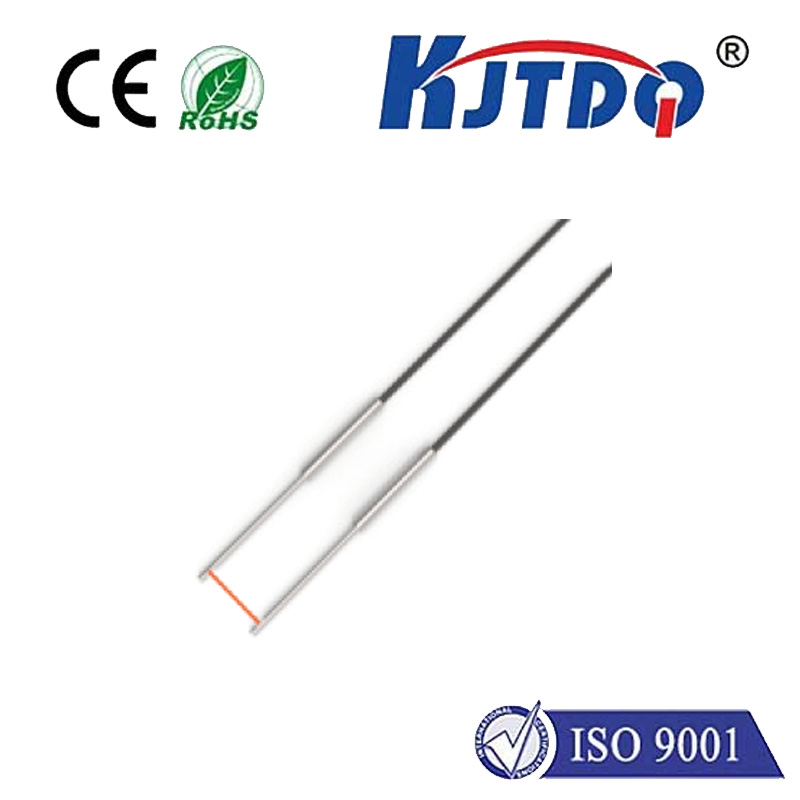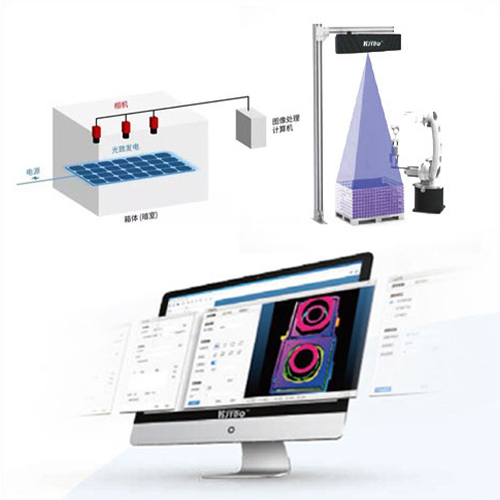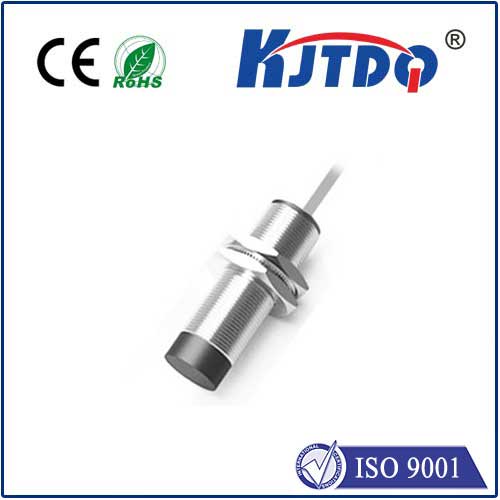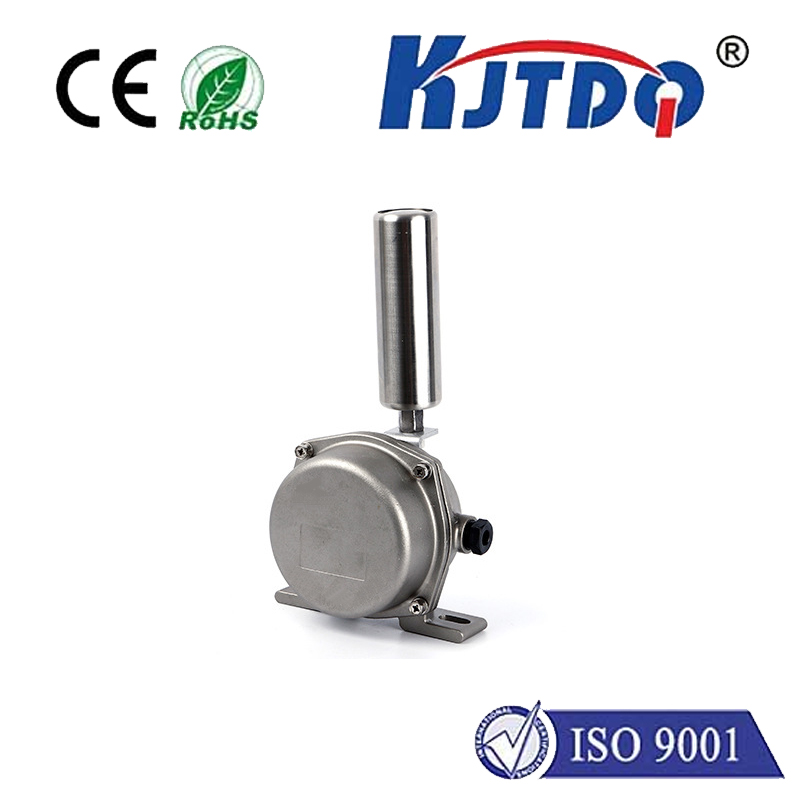engine sensors
- time:2025-08-23 03:04:57
- Click:0
Engine Sensors: The Silent Sentinels of Modern Vehicle Performance
That dreaded Check Engine light. It’s a moment of instant anxiety for any driver. While it could signal various issues, more often than not, the culprit lies beneath the surface: the intricate network of engine sensors. These unassuming components are the unsung heroes, the critical nervous system feeding vital data to your vehicle’s brain – the Engine Control Unit (ECU). Without them, modern engines simply wouldn’t run efficiently, cleanly, or reliably. Understanding their role demystifies much of what keeps your vehicle purring.
Think of your engine as a complex, high-performance orchestra. For perfect harmony, every section – fuel injection, ignition timing, air intake, exhaust flow – needs precise coordination. Engine sensors are the conductors’ eyes and ears, constantly monitoring specific conditions and relaying real-time information to the maestro, the ECU. The ECU processes this constant stream of data, making split-second adjustments to fuel delivery, spark timing, valve operation, and emission controls, ensuring optimal performance, fuel economy, and minimal environmental impact.
The Crucial Roles Engine Sensors Play:
- Performance Optimization: By accurately measuring parameters like air volume, temperature, and throttle position, sensors allow the ECU to deliver the exact amount of fuel needed at the precise moment for ignition, maximizing power and drivability.
- Fuel Efficiency: Precise air-fuel mixture control, primarily managed by the Mass Air Flow (MAF) and Oxygen (O2) sensors, ensures no fuel is wasted. Lean mixtures save fuel but risk damage; rich mixtures waste fuel and pollute. Sensors find the sweet spot.
- Emissions Control: Stringent environmental regulations are met thanks to sensors. The Oxygen sensors (O2 sensors) are particularly vital here, constantly monitoring exhaust gas oxygen content. This feedback allows the ECU to fine-tune the mixture for the catalytic converter to work effectively, drastically reducing harmful pollutants like hydrocarbons (HC), carbon monoxide (CO), and nitrogen oxides (NOx).
- Engine Longevity and Protection: Sensors act as early warning systems. Knock sensors detect pre-ignition or detonation (knocking), allowing the ECU to instantly retard timing and prevent catastrophic engine damage. Coolant temperature sensors prevent overheating by triggering cooling fans and alerting the driver. Oil pressure sensors safeguard vital engine bearings.
- Diagnostic Capability: The On-Board Diagnostics II (OBD-II) system relies entirely on sensor input. When a sensor detects a parameter falling outside its expected range, it triggers a Diagnostic Trouble Code (DTC), illuminating the Check Engine Light. This provides technicians with a crucial starting point for diagnosis.
Meet the Key Players: Common Engine Sensors

Modern vehicles house a sophisticated array of sensors, each dedicated to a specific task:
- Mass Air Flow (MAF) Sensor: Located in the air intake tract, it measures the volume and density of air entering the engine. This is critical for calculating the correct amount of fuel to inject. Contamination (dirt, oil) is a common cause of failure, leading to rough running and poor mileage.
- Oxygen Sensors (O2 Sensors): Positioned in the exhaust manifold and often after the catalytic converter (pre-cat and post-cat sensors). They measure the oxygen content in the exhaust gases. This tells the ECU whether the fuel mixture is rich (too much fuel) or lean (too little fuel), enabling real-time adjustment (“closed-loop” operation). Essential for emission control and fuel efficiency.
- Coolant Temperature Sensor (ECT/CTS): Typically threaded into the engine block or cylinder head near the thermostat. It monitors the engine coolant temperature. This data influences fuel mixture (richer when cold), ignition timing, idle speed, cooling fan operation, and transmission shifting. A faulty sensor can cause overheating, poor cold starts, and increased emissions.
- Manifold Absolute Pressure (MAP) Sensor: Often mounted on or connected to the intake manifold. It measures absolute pressure within the intake manifold, which the ECU uses (alongside intake air temperature) to determine air density and engine load. Crucial for fuel delivery and boost pressure management in turbocharged engines.
- Crankshaft Position Sensor (CKP): Positioned near the crankshaft pulley or flywheel. This detects the rotational speed and position of the crankshaft. It tells the ECU when to fire the spark plugs and which cylinder to inject fuel into. Synchronization with the Camshaft Position Sensor is vital. Failure usually results in a no-start condition.
- Camshaft Position Sensor (CMP): Located near the camshaft(s). It identifies the position of the camshaft(s) relative to the crankshaft. This allows the ECU to precisely time ignition and fuel injection for each cylinder, enabling technologies like Variable Valve Timing (VVT) and cylinder deactivation. Essential for smooth operation and performance.
- Throttle Position Sensor (TPS): Mounted on the throttle body shaft. It detects the angle of the throttle valve (pedal position). This tells the ECU the driver’s power demand, influencing fuel injection, ignition timing, automatic transmission shifting, and cruise control. Malfunction can cause hesitation, stalling, or harsh shifting.
- Knock Sensor(s): Bolted to the engine block or cylinder head. These detect high-frequency vibrations characteristic of pre-ignition or detonation (knock). Upon detecting knock, the ECU instantly retards ignition timing to protect the engine. Vital for preventing costly damage, especially in high-compression or turbocharged engines.
- Intake Air Temperature Sensor (IAT): Often integrated with the MAF sensor or located separately in the air intake. It measures the temperature of incoming air. Colder air is denser and requires more fuel than warm air for the optimal mixture. The ECU uses this data alongside MAF or MAP readings.
Consequences of Sensor Failure: More Than Just a Light
When a sensor malfunctions, it sends incorrect or no data to the ECU. The consequences range from mildly annoying to potentially catastrophic:
- Illuminated Check Engine Light: The most obvious sign.
- Reduced Fuel Economy: Improper mixture control burns excess fuel.
- Poor Engine Performance: Hesitation, stumbling, lack of power, rough idle.
- Increased Emissions: Failure to regulate mixture properly leads to harmful pollutants exceeding legal limits, causing a failed emissions test.
- Hard Starting or Stalling: Especially related to crank/cam sensors or MAF failures.
- Engine Damage: Severe knocking due to a faulty knock sensor, or overheating from a bad coolant sensor, can lead to expensive internal damage.
- Erratic Transmission Shifting: Many sensors influence transmission control strategy.
The vast complexity of modern engine management systems means that a single failing sensor can sometimes mimic multiple problems. Professional diagnosis using scan tools to read DTCs and interpret live sensor data streams is often essential for pinpointing the exact issue within this interconnected network.
The Future of Sensing: Smarter, Smaller, More Integrated
Engine monitoring systems continue to evolve rapidly. Sensors are becoming smaller, more robust, less expensive, and capable of measuring more complex parameters. We’re seeing trends towards:
- Integrated Sensor Modules: Combining multiple sensing functions (e.g., pressure and temperature) into a single unit.
- Smart Sensors: Incorporating basic processing power to pre-process data before sending it to the ECU.
- Higher Accuracy and Wider Ranges: For tighter emission control and performance tuning.
- New Sensing Technologies: For detecting substances like soot in diesel particulate filters or hydrogen in future fuel cell vehicles.
From the humble coolant temperature sensor to the complex multi-gas exhaust sensor












